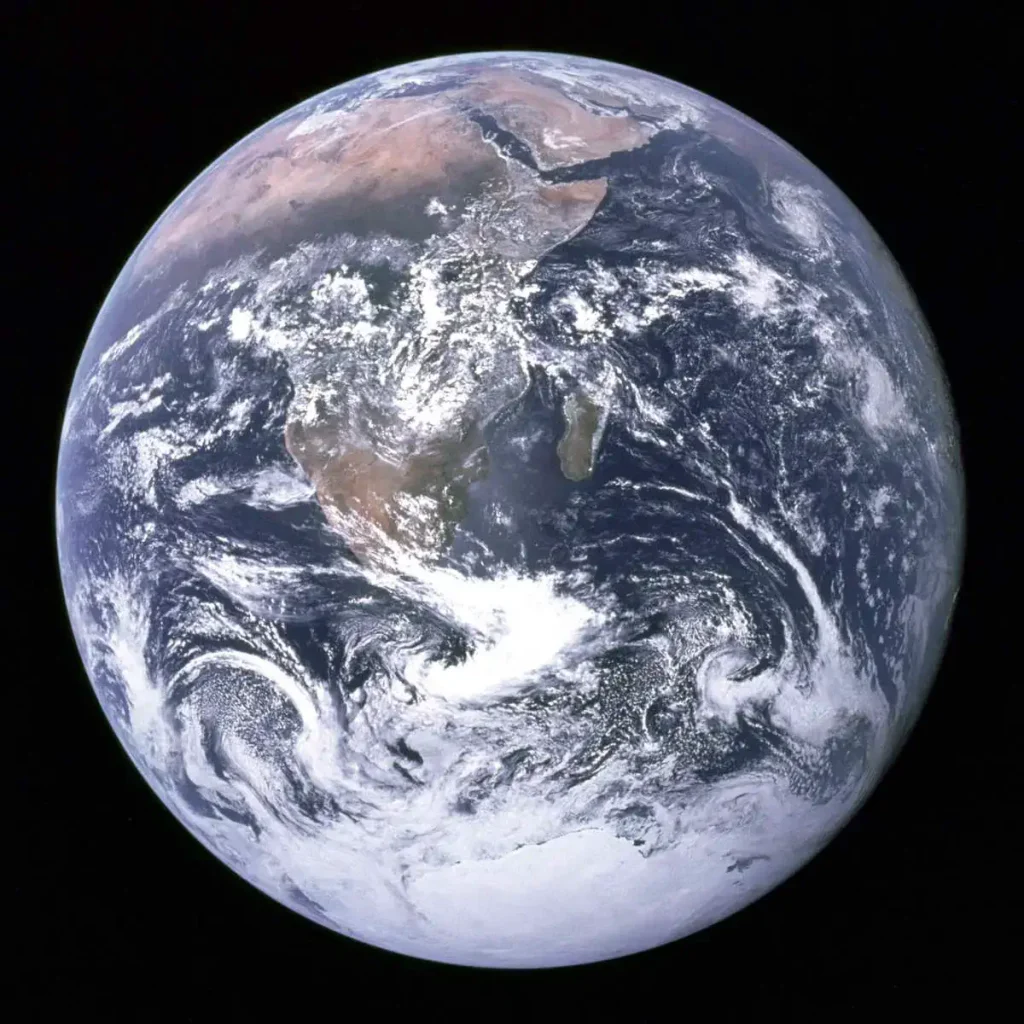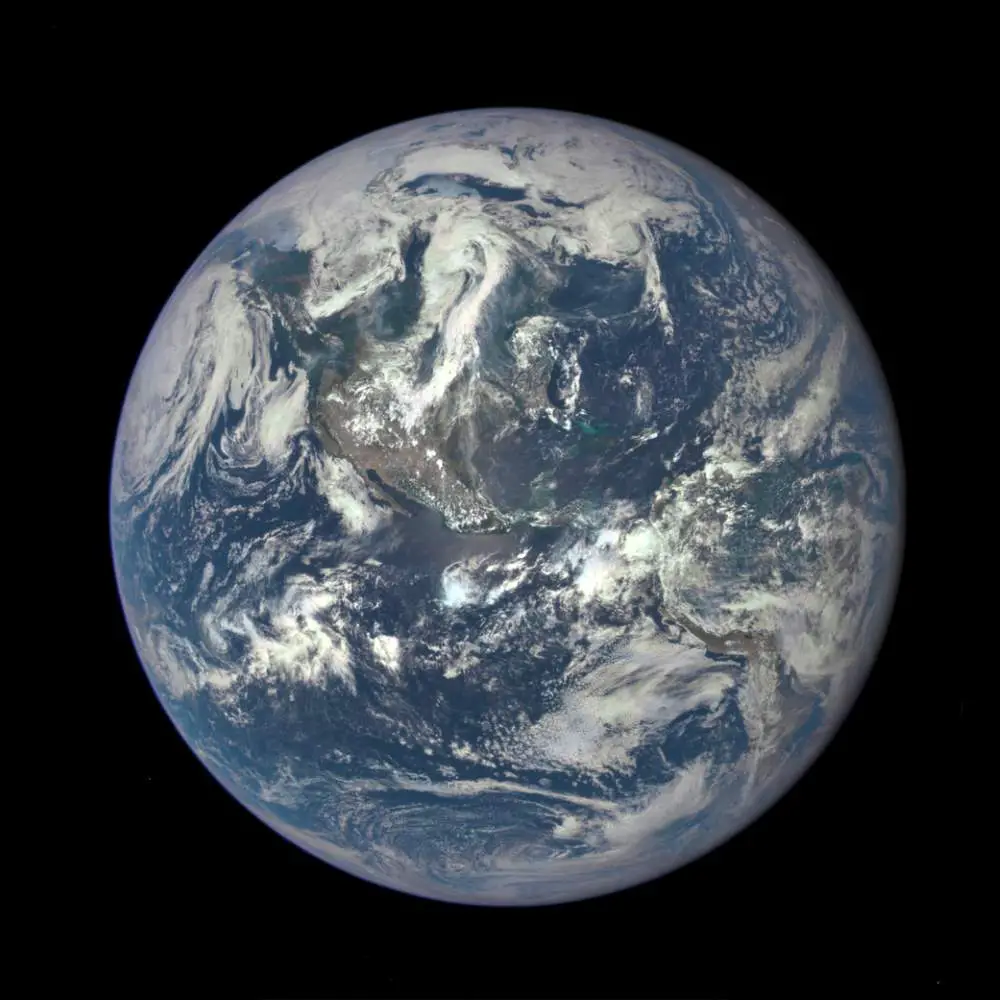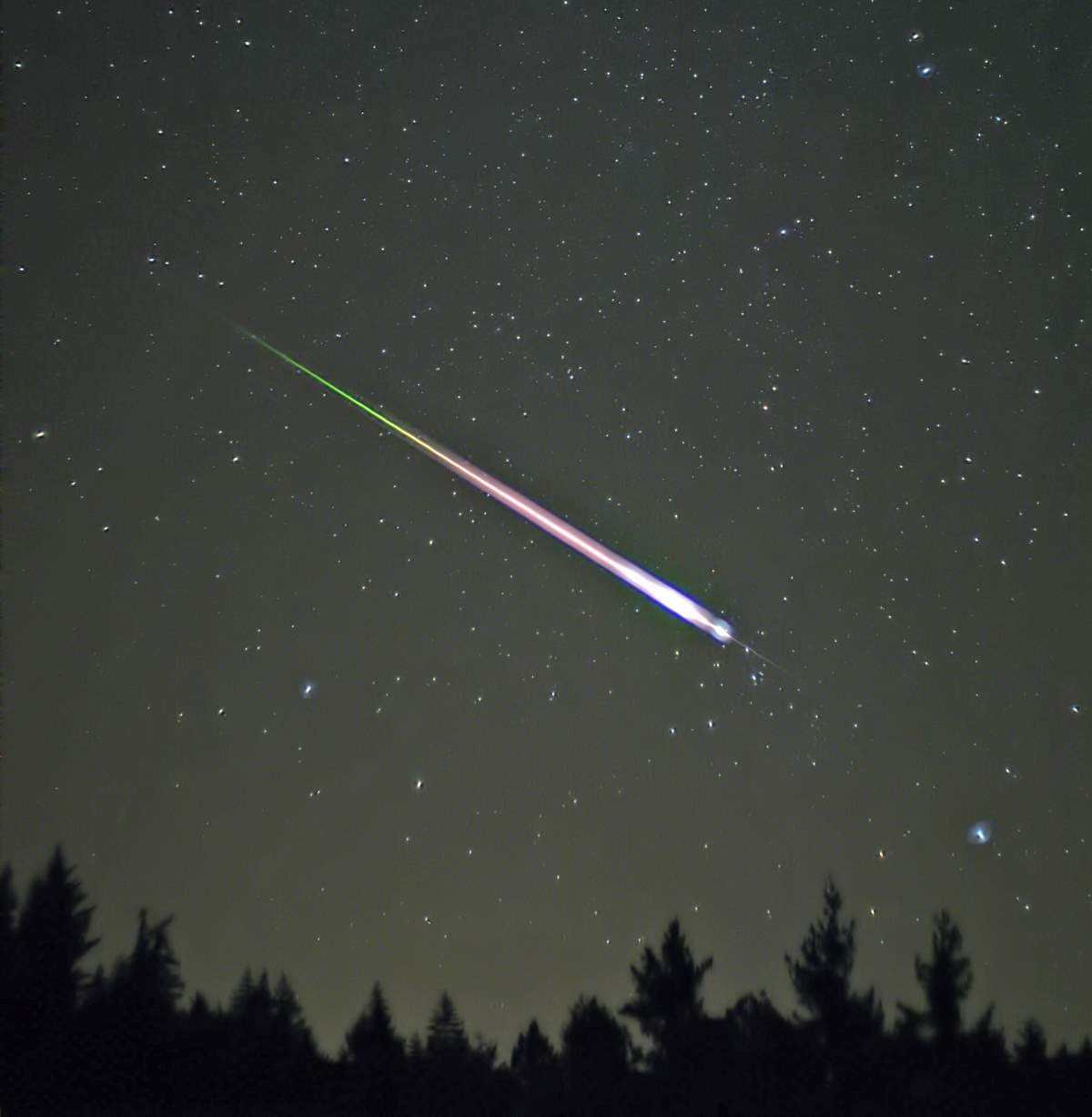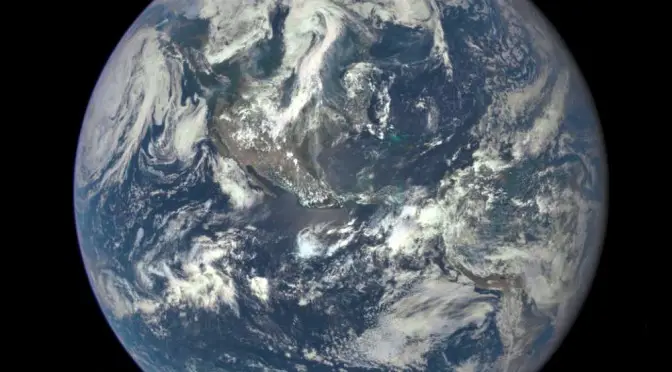Our home planet, Earth, is the third of the four smaller inner planets (Mercury, Venus, Earth
There are numerous ways in which the Earth is intricately linked to the other planets, moons, and celestial bodies that make up our solar system, each of which has fascinating implications for our understanding of our planet and the universe as a whole. In this article, we’ll explore 10 of the most interesting Earth facts that are intimately tied to the solar system in which we reside.
1. 1.3 million Earth could fit inside the Sun

Sun’s Equatorial radius is 696342±65 km, which is 109 times bigger than Earth’s. This means 1093 = 1,295,029 (almost 1.3 million) Earth could fit inside the Sun.
2. Earth is the largest and densest of the inner planets

Earth is the largest and densest of the inner planets (Mercury, Venus, Earth, and Mars), the only one known to have current geological activity, and the only place where life is known to exist. Its liquid hydrosphere is unique among the terrestrial planets, and it is the only planet where plate tectonics has been observed.
The densities of inner planets [grams per cubic centimeter]:
The radiuses of inner planets:
- Earth: 6,378 km (3,963 miles) at the equator, 6,357 km (3,950 miles) at the poles
- Venus: 6,051.8 km (3,760.4 miles)
- Mars: 3,390 km (2,106 miles)
- Mercury: 2,439.7 km (1,516.0 miles)
Earth’s atmosphere is radically different from those of the other planets, having been altered by the presence of life to contain 21% free oxygen. It has one natural satellite, the Moon, the only large satellite of a terrestrial planet in the Solar System.
The four terrestrial or inner planets have dense, rocky compositions, few or no moons, and no ring systems. They are composed largely of refractory minerals, such as the silicates, which form their crusts and mantles, and metals, such as iron and nickel, which form their cores.
Three of the four inner planets (Venus, Earth, and Mars) have atmospheres substantial enough to generate weather; all have impact craters and tectonic surface features, such as rift valleys and volcanoes.
The term inner planet should not be confused with inferior planet, as the latter refers to planets that orbit closer to the Sun than Earth, namely Mercury, and Venus.

Related: 50 interesting Earth facts
3. It takes 8 minutes and 19 seconds for light to travel from the Sun to the Earth.
Light travels at a speed of 299,792 kilometers per second; 186,287 miles per second. It takes 499.0 seconds (8 minutes and 19 seconds) for light to travel from the Sun to the Earth, a distance called 1 Astronomical Unit.
4. Since at least the time of Pythagoras in 500 BC, no educated person believed the earth was flat.

The concept of a spherical Earth dates back to around the 6th century BC, when it was mentioned in ancient Greek philosophy, but remained a matter of philosophical speculation until the 3rd century BC when Hellenistic astronomy established the spherical shape of the earth as a physical given. 2200 years ago, Eratosthenes estimated the Earth’s circumference using math, without ever leaving Egypt.
5. Earth is the only planet whose name in English is not derived from a Greco-Roman god.
- Mercury: named after the Roman deity Mercury, the messenger to the gods.
- Venus: named after the Roman goddess of love and beauty.
- Earth: derived from both English and German words, ‘eor(th)e/ertha’ and ‘erde’, respectively, which mean ground. But, the handle’s creator is unknown.
- Mars: named after the Roman god of war.
- Jupiter: the Romans named it after their god Jupiter.
- Saturn: named after the Roman god of agriculture.
- Uranus: named after the Latinized version of the Greek god of the sky, Ouranos.
- Neptune: named after the Roman god of the sea.
- Pluto: in Greek religion and mythology, Pluto is the god of the underworld, son of Kronos and Rhea; also called Hades.
6. About 6000 artificial satellites orbit the Earth.

The launch of the first artificial satellite by the then-Soviet Union in 1957 marked the beginning of the utilization of space for science and commercial activity. During the Cold War, space was a prime area of competition between the Soviet Union and the U.S.In 1964 the first TV satellite was launched into a geostationary orbit to transmit the Olympic games from Tokyo.
Later, Russian launch activities declined while other nations set up their own space programs. Thus, the number of objects in Earth’s orbit has increased steadily – by 200 per year on average.
According to the World Economics forum, as of April 2023, there are nearly 6,000 satellites orbiting Earth. About 60% of those are defunct satellites-space junk-and roughly 40% are operational.
7. Earth is a fast-moving spacecraft that has a speed of 1.3 million miles per hour (2.1 million km/hr)!
We’re all living in a fast-moving spacecraft named Earth. Our planet is moving around our sun in an elliptical (an ellipse that is very close to a circle) orbit. The Sun (our solar system, the Sun, Earth, and all the other planets and objects) whirls around the center of our galaxy. And, our galaxy and the other galaxies in our neighborhood are also rushing towards a structure called the Great Attractor, a region of space roughly 150 million light-years (one light-year is about six trillion miles) away from us.
This Great Attractor, having a mass 100 quadrillion times greater than our sun and a span of 500 million light-years, is made of both the visible matter that we can see along with the so-called dark matter that we cannot see.

8. Between 100 and 300 tons of cosmic dust enter the Earth’s atmosphere every day.
Yes. Every single day.
Cosmic dust, also known as interstellar dust, is a type of dust that exists in the space between stars in a galaxy. It consists of tiny particles of various substances, including carbon, silicon, and oxygen, that are formed when stars or planets are created and when old stars die and expel their material into space.
Cosmic dust plays an important role in the formation of new stars and planets by providing the raw material from which they are made. It can also affect the chemical and physical properties of interstellar gas, and it can contribute to the reddish color of the sky at sunset and sunrise on Earth.
9. The farthest distance from Earth an astronaut has ever traveled was during the Apollo 13 emergency.

Apollo 13 was the seventh crewed mission in the American Apollo space program and the third intended to land on the Moon. The craft was launched on April 11, 1970, at 13:13 CST from the Kennedy Space Center, Florida, but the lunar landing was aborted after an oxygen tank exploded two days later, crippling the Service Module (SM) upon which the Command Module (CM) depended. Despite great hardship caused by limited power, loss of cabin heat, shortage of potable water, and the critical need to jury-rig the carbon dioxide removal system, the crew returned safely to Earth on April 17.
The flight passed over the far side of the Moon at an altitude of 254 kilometers (137 nautical miles) from the lunar surface, 400,171 km (248,655 miles) from Earth, a spaceflight record marking the farthest humans have ever traveled from Earth.
10. Each day, up to 4 billion meteoroids hit Earth.

A meteoroid is a piece of stony or metallic debris that travels in outer space. Meteoroids travel around the Sun in a variety of orbits and at various speeds. The fastest meteoroids move at about 42 kilometers per second. Most meteoroids are about the size of a pebble.
Each day, up to 4 billion meteoroids hit Earth!
Sources
- Sun on Wikipedia
- Spherical Earth on W
ikipedia - A Beehive of Satellites, NASA
- Apollo 13 on W
ikipedia - Solar System on Wikipedia
- How Many Elephants are Left in the World in 2025? - August 17, 2025
- Moon Landings: All-Time List [1966-2025] - February 2, 2025
- What Is Max-Q and Why Is It Important During Rocket Launches? - January 16, 2025

